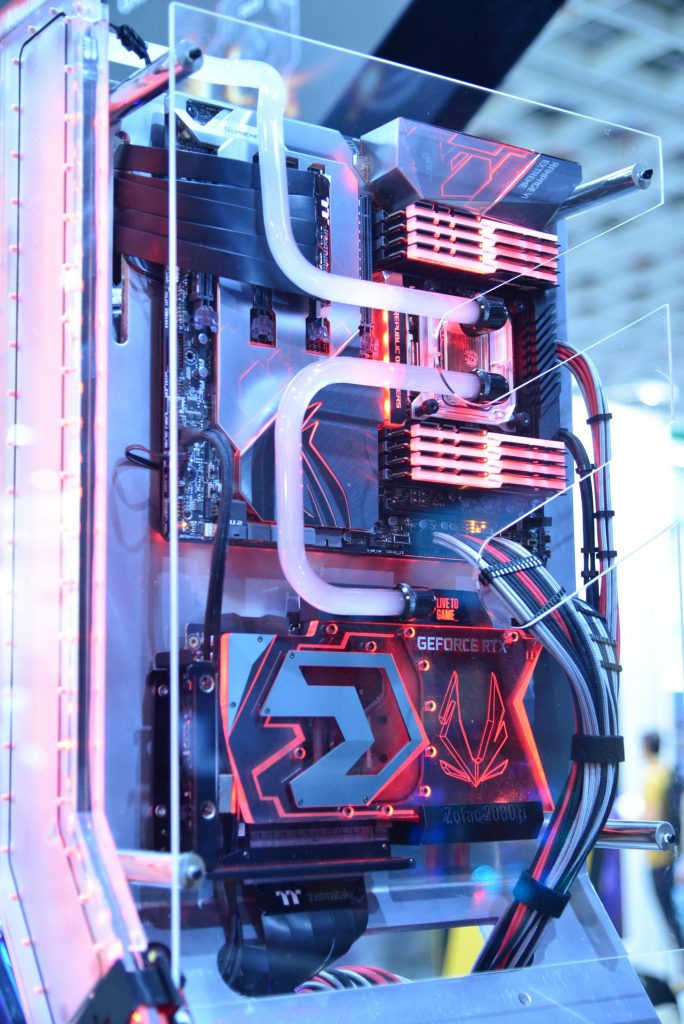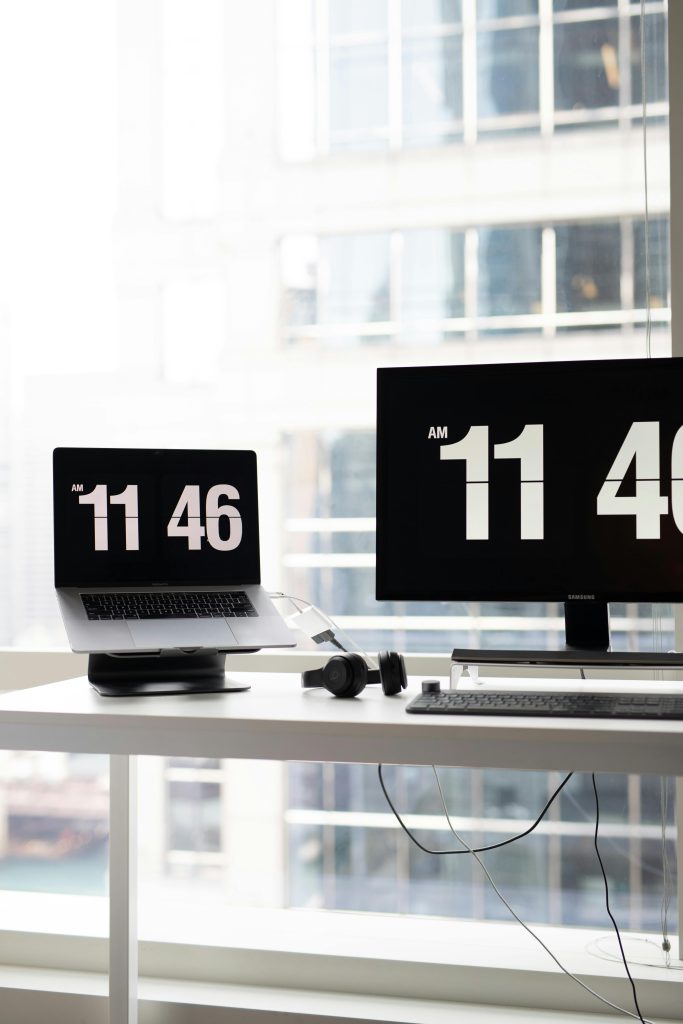Understanding Why Your Desktop Runs Slowly Despite Smooth Gaming Performance
Experiencing a sluggish desktop experience while your games run smoothly can be both puzzling and frustrating. Many users encounter situations where system responsiveness—such as boot times, application launches, and general navigation—lags severely, yet gaming performance remains unaffected. In this article, we’ll explore potential causes of this phenomenon and provide a structured approach to troubleshooting and resolving the issue.
Common Symptoms and Observations
– Slow system startup, login, and app opening
– Fast and lag-free gaming sessions
– Notable lag when closing games, returning to desktop
– Browsers like Chrome are highly sluggish during normal use
– Overall system responsiveness is poor outside of gaming
Potential Causes
1. Software-Related Issues
– Background Processes and Startup Programs
– Malware or Unwanted Software
– Driver Conflicts or Outdated Drivers
– System Resource Management Problems
2. Hardware Considerations
– Storage Drive Performance (HDD vs. SSD)
– Insufficient RAM or Memory Leaks
– Overheating or Hardware Failures
3. Configuration and Settings
– Power Settings and Performance Modes
– Windows Indexing or Search Services
– Corrupted System Files
Troubleshooting Steps
- Assess and Monitor System Resources
- Use Task Manager (Ctrl + Shift + Esc) to identify which processes consume high CPU, memory, or disk usage during slowdowns.
-
Check if specific applications or services are causing bottlenecks outside of gaming.
-
Scan for Malware and Unwanted Software
- Run a comprehensive scan using trusted antivirus and anti-malware tools.
-
Remove any unnecessary or suspicious programs that may be impacting system performance.
-
Review Installed Drivers and Windows Updates
- Update graphics, chipset, and other critical drivers from the manufacturer’s website.
-
Ensure Windows is fully up to date, as updates often contain performance improvements.
-
Optimize Startup and Background Processes
- Disable unnecessary startup programs via Task Manager.
-
Limit background apps that may be consuming resources.
-
Check Storage Device Performance
- Verify if your primary drive is an SSD. If using an HDD, consider upgrading for faster responsiveness.
-
Run disk health checks and optimize disk performance.
-
Examine System Hardware
- Perform hardware diagnostics to check for failing RAM or overheating components.
-
Monitor temperatures and ensure cooling solutions are effective.
-
Adjust Power Settings
Share this content:



